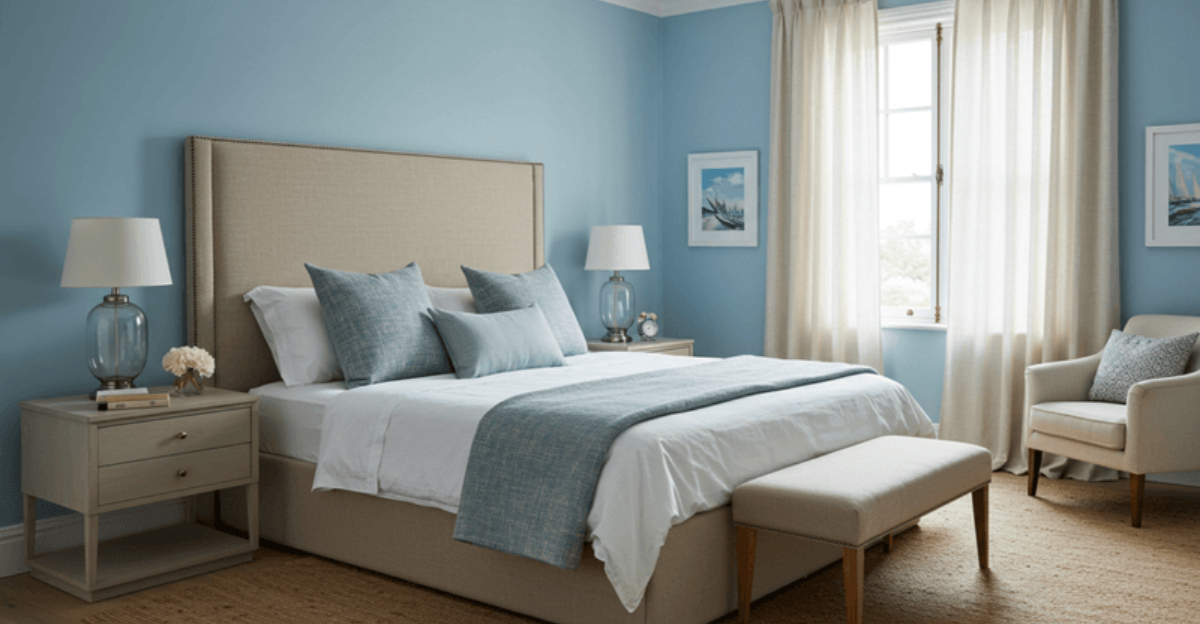Transforming your bedroom into a sanctuary requires more than just picking pretty furniture and colors. Professional designers have trained eyes that spot common decorating missteps most of us overlook.
Whether you’re revamping your sleep space or starting from scratch, avoiding these designer-identified mistakes can elevate your bedroom from ordinary to extraordinary without breaking the bank.
1. Beds Pushed Against the Wrong Wall
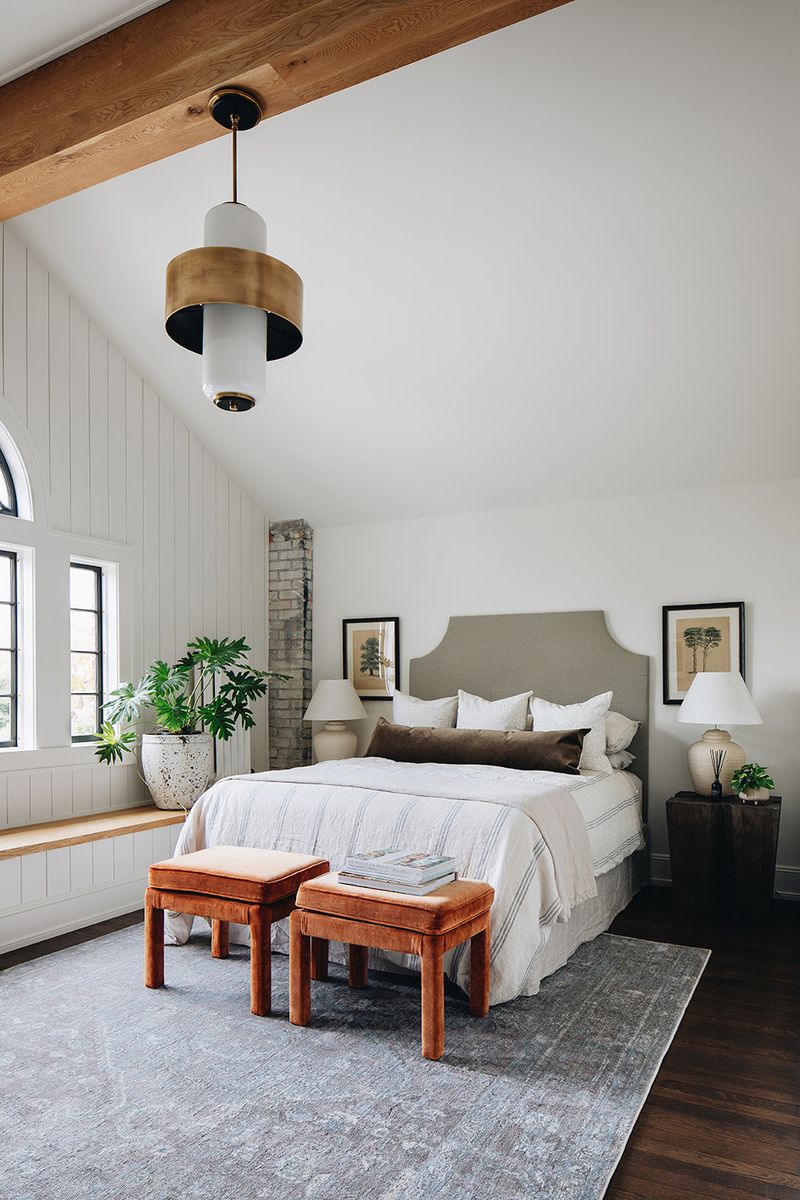
Placing your bed without considering traffic flow is like setting up a roadblock in your sleep sanctuary. The ideal spot allows easy access from both sides and creates a natural focal point.
Cramming your mattress into a corner might save space, but sacrifices functionality. Remember, your bedroom layout should promote relaxation, not frustration when you’re trying to make the bed or navigate around furniture.
2. Skipping a Proper Headboard
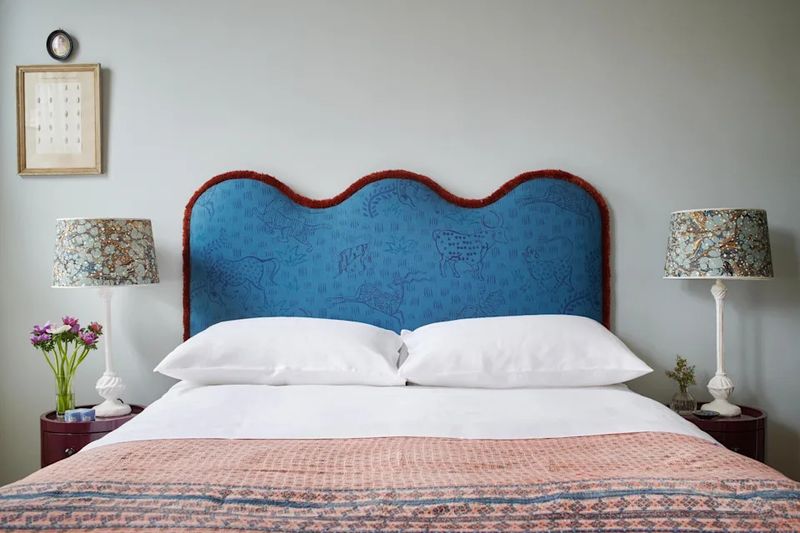
Naked beds without headboards look unfinished, like wearing an outfit without shoes. A headboard anchors your bed and adds that crucial finishing touch to pull the room together.
Many homeowners underestimate how a simple headboard can transform a bedroom’s entire feel. Upholstered luxury or minimalist wooden designs offer both aesthetic appeal and practical comfort for late-night reading or scrolling.
3. Using Lighting That’s Too Harsh
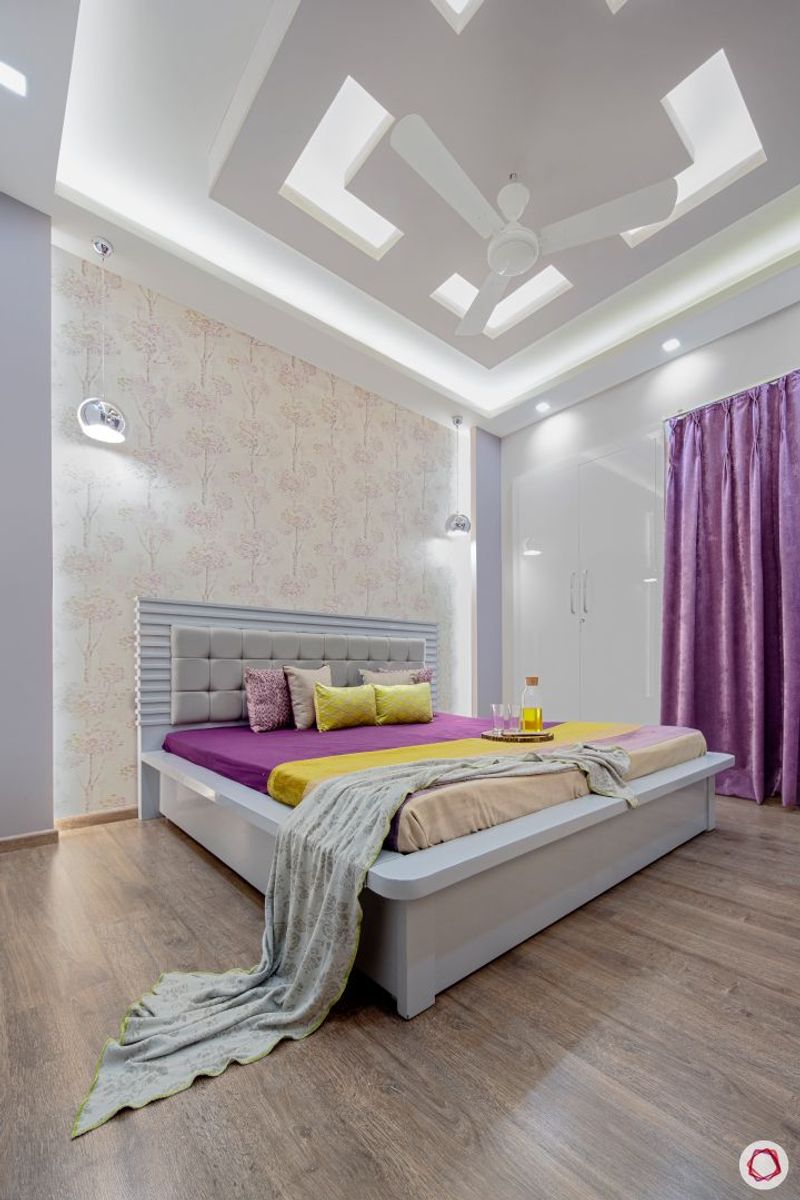
Bright, clinical overhead lights belong in operating rooms, not restful bedrooms! Harsh lighting creates unflattering shadows and disrupts the calm atmosphere essential for winding down.
Soft, layered lighting invites relaxation and sets the perfect mood. Installing dimmer switches allows adjustable brightness, while warm-toned bulbs upgrade ambiance instantly without rewiring.
4. Choosing Style Over Comfort
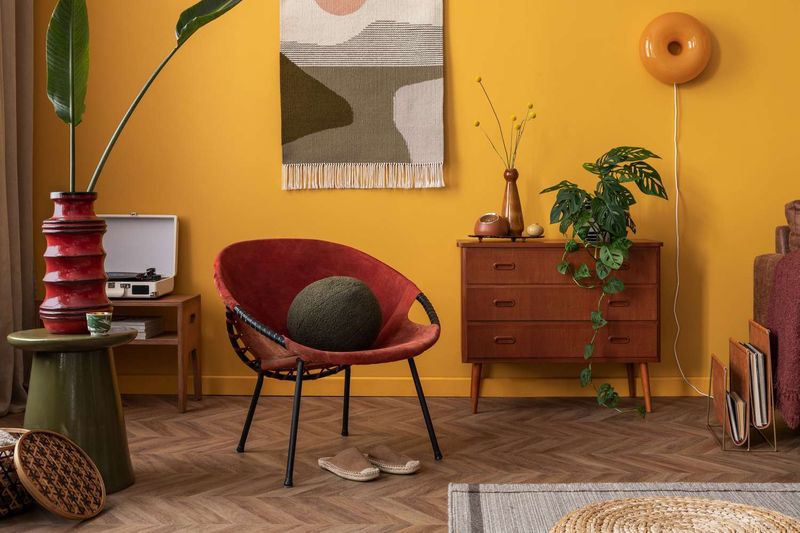
Gorgeous but uncomfortable furniture turns your bedroom into a showroom nobody wants to use. That stunning acrylic chair might look magazine-worthy, but sitting on it feels like punishment after a long day.
Prioritizing visual appeal over functionality defeats the purpose of a bedroom – rest and rejuvenation. Luxurious bedding, supportive mattresses, and seating you actually enjoy using should never be sacrificed for trendy aesthetics.
5. Ignoring the Ceiling
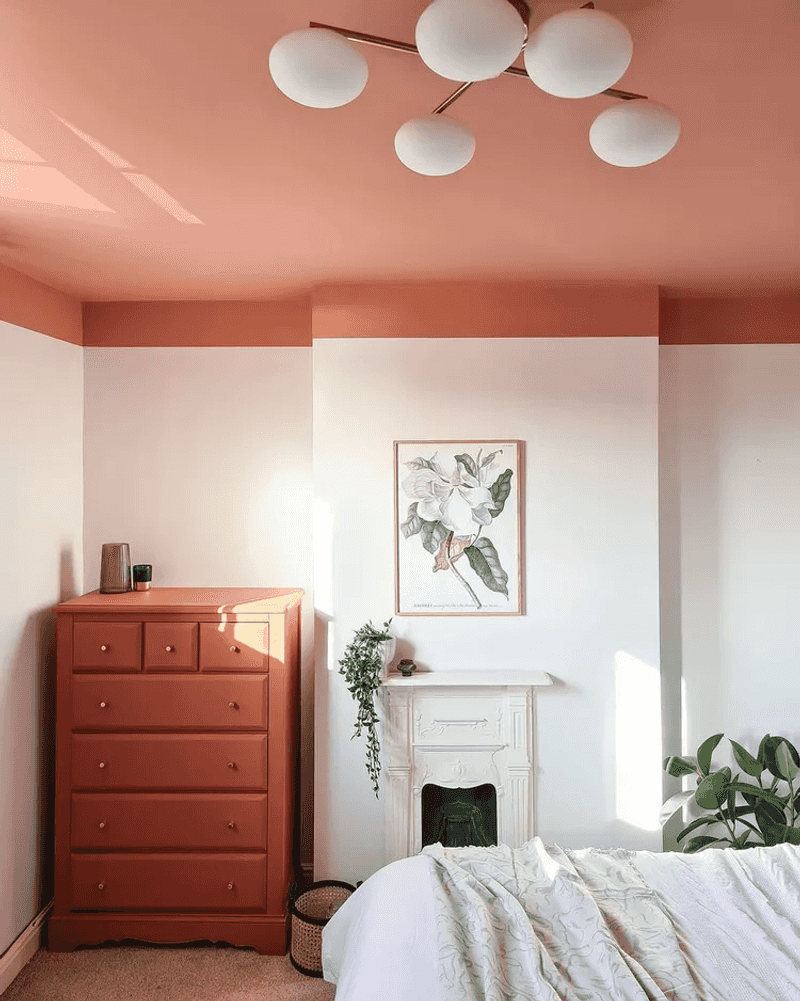
Looking up shouldn’t be a letdown! Most people forget about the “fifth wall” while focusing on floor-to-eye-level decorating. Your ceiling occupies significant visual real estate and deserves thoughtful attention.
Subtle paint colors, statement light fixtures, or wallpaper can dramatically transform a bedroom’s atmosphere. Simple crown molding adds architectural interest that elevates an ordinary space into something special.
6. Rugs That Are Way Too Small
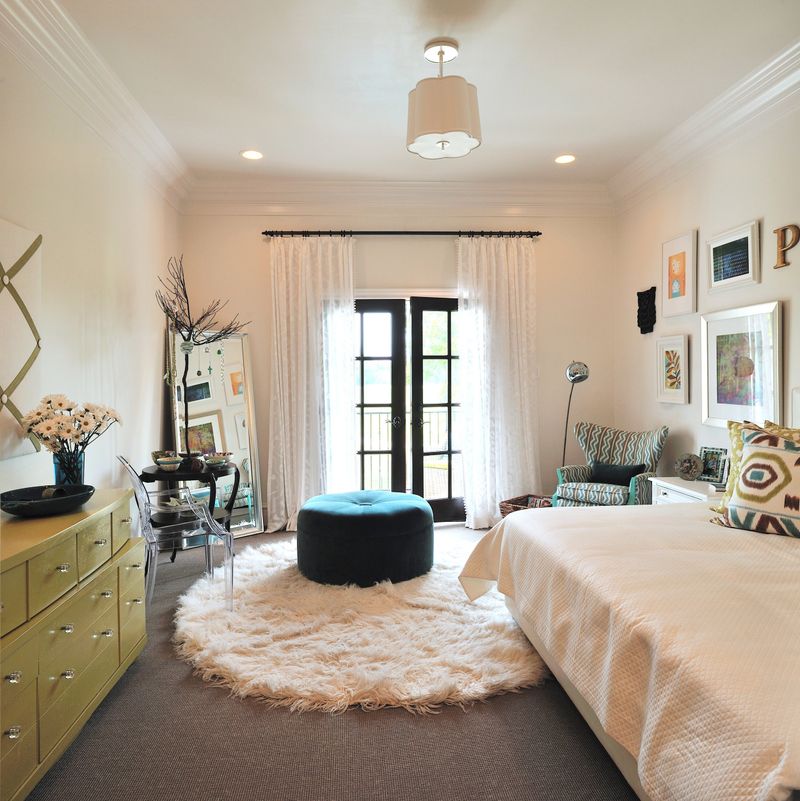
Postage-stamp sized rugs floating in vast floor spaces make designers cringe instantly! A properly sized rug should extend beyond the bed on all three sides or at minimum capture the bottom two-thirds of the bed area.
Undersized rugs create visual disconnection and fail to anchor your furniture groupings. Your feet should land on something soft and warm when you step out of bed on chilly mornings.
7. Cluttered Nightstands
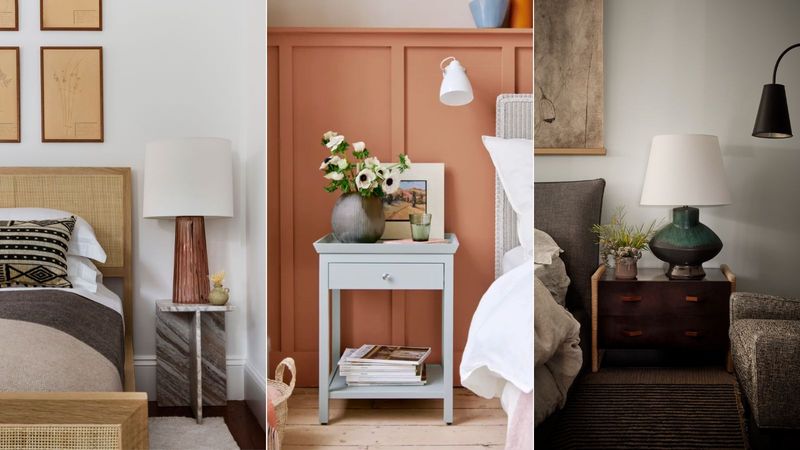
Mountains of books, tangled charging cables, and dusty trinkets create visual chaos right where you need calm the most. Your bedside table should function as both practical storage and a peaceful transition zone.
Limit nightstand items to essentials – perhaps a lamp, current book, glass of water, and phone charger. Everything else creates unnecessary mental clutter that subconsciously disrupts sleep. Remember, what surrounds you as you drift off impacts sleep quality.
8. Mismatched Bedding and Curtains

Random fabric combinations create visual tension rather than harmony in sleeping spaces. While perfect matching feels outdated, completely uncoordinated textiles make rooms feel disjointed and amateur.
Successful bedrooms feature intentional fabric relationships – complementary colors, varied textures within a cohesive palette, or patterns that share common elements. Think of curtains and bedding as conversation partners who should get along well without saying exactly the same thing.
9. No Cohesive Color Palette

Rainbow explosions rarely create restful environments! Bedrooms with too many competing colors lack the visual harmony needed for relaxation. Even eclectic styles need thoughtful color coordination.
Professional designers typically work with limited color schemes – often just 2-3 main hues plus accent colors. When selecting your palette, consider colors that promote the specific mood you want for your personal retreat.
10. Going Overboard with Throw Pillows
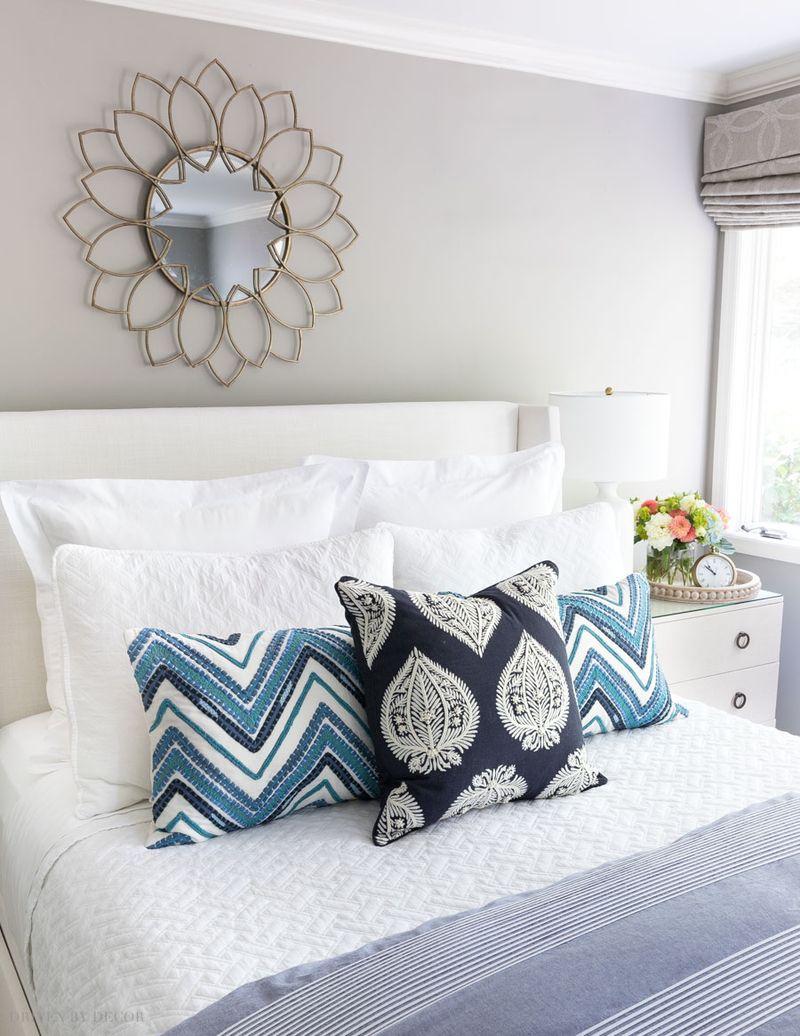
Pillow mountains requiring excavation before bedtime defeat the purpose of creating a welcoming sleep space. Excessive decorative pillows become a nightly chore rather than an enhancement.
Quality trumps quantity when styling your bed. Select 2-5 thoughtfully chosen pillows that add texture, color and comfort without overwhelming. Think about where removed pillows will go at night – if storage solutions aren’t readily available, it’s time to edit your collection.
11. Wall Art Hung Too High
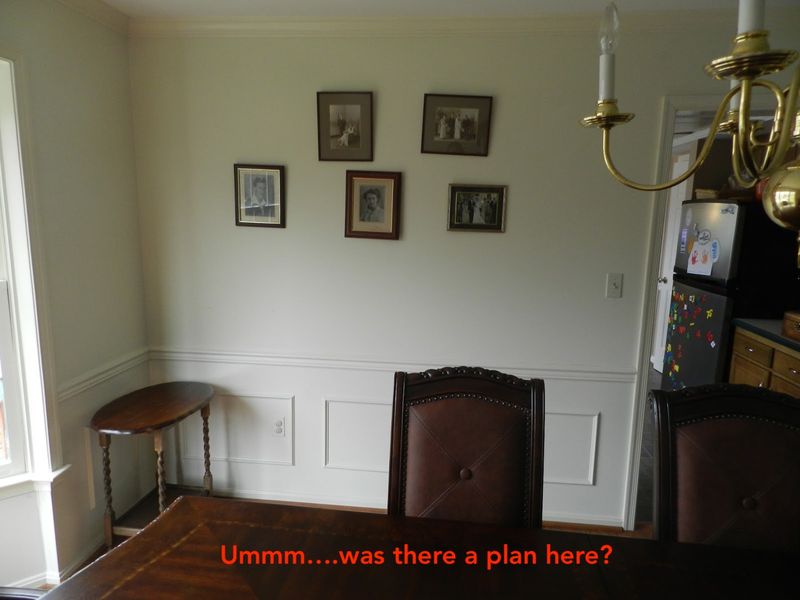
Floating artwork near the ceiling creates disconnected, impersonal spaces that feel more like waiting rooms than bedrooms. Pictures hung at improper heights strain the neck and disrupt visual flow.
Gallery owners and designers follow this simple rule: hang art at eye level, with the center point approximately 57-60 inches from the floor. When displaying pieces above furniture, maintain 6-8 inches of breathing room between the furniture top and frame bottom.
12. Blocking Natural Light
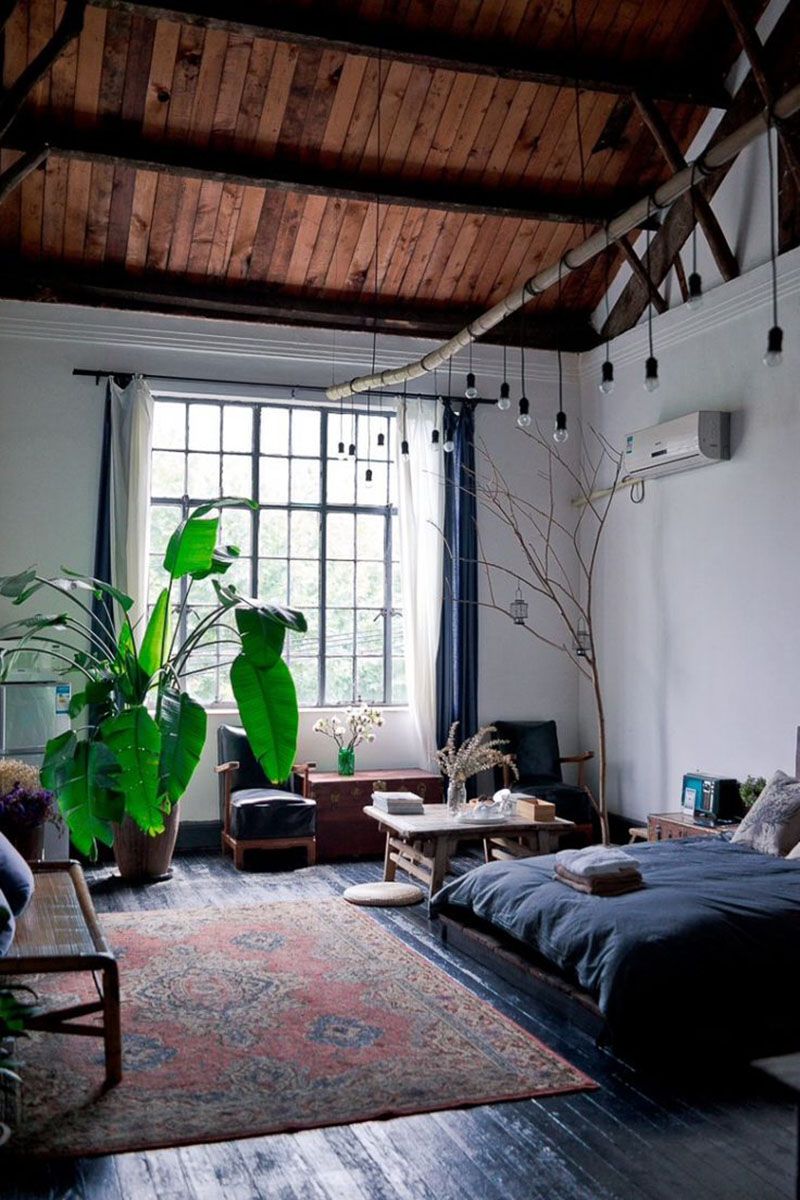
Sunshine is nature’s mood enhancer, yet many unwittingly block this free resource with heavy window treatments or poorly placed furniture. Natural light improves both room aesthetics and psychological wellbeing.
If privacy concerns necessitate window coverings, consider layered solutions – sheers paired with blackout curtains provide flexibility. For small bedrooms with limited windows, reflective surfaces like mirrors strategically placed opposite light sources can amplify available sunshine.
13. Forgetting to Layer Lighting
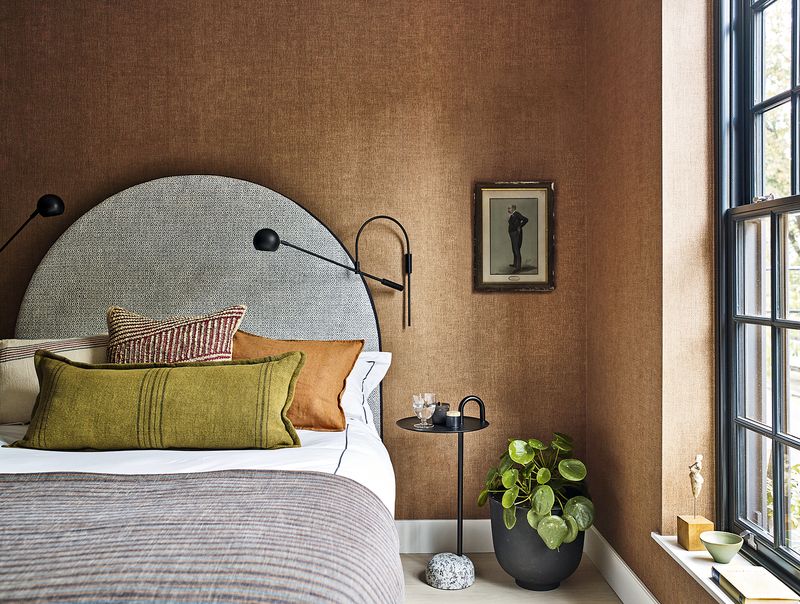
Relying solely on a ceiling fixture creates flat, uninviting bedroom environments lacking depth and functionality. Single-source lighting casts unflattering shadows and limits the room’s usefulness.
Professional designers incorporate at least three lighting types: ambient (overall illumination), task (focused light for reading or activities), and accent (highlighting architectural features or artwork).
14. Using Furniture That’s Out of Scale
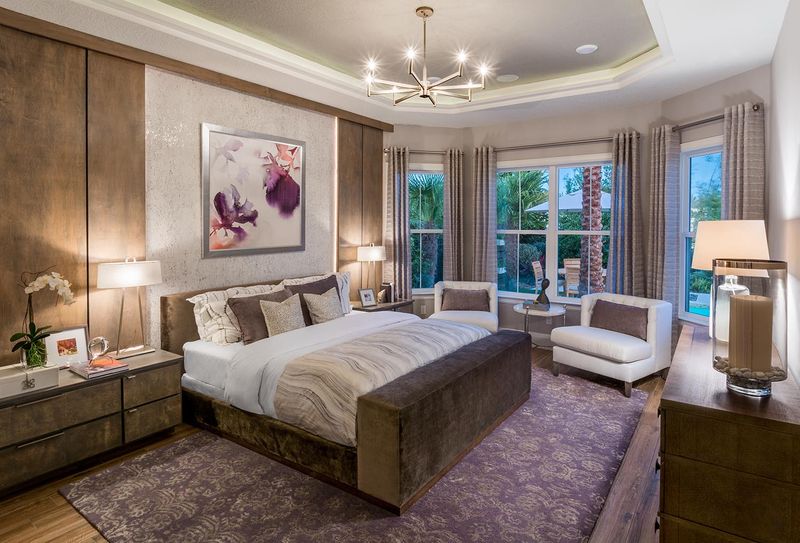
Cramming oversized furniture into modest rooms or floating tiny pieces in vast spaces creates awkward, uncomfortable environments. Scale mismatches immediately signal amateur decorating to trained eyes.
Measure your room dimensions before purchasing major pieces. Allow for proper clearance (minimum 30 inches for walkways) and breathing room around furniture. When in doubt, masking tape outlines on the floor can prevent expensive scale mistakes.
15. Leaving Cords and Chargers Visible
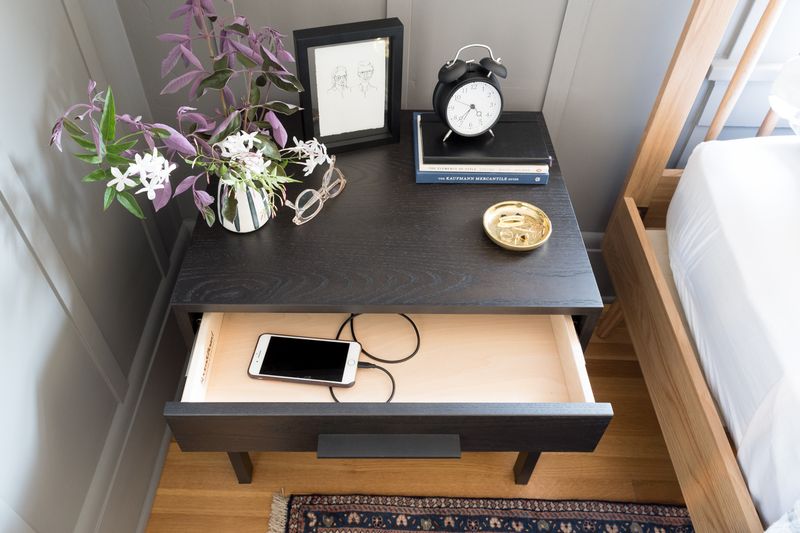
Tangled electronic tentacles creeping across nightstands and floors instantly downgrade even well-designed bedrooms. Cable clutter creates visual noise that subconsciously increases stress levels.
Simple solutions like cord clips, charging stations, or nightstands with built-in power management transform this common eyesore. Ultimate tranquility comes from designating a specific drawer for electronics or investing in furniture pieces with cable management systems.
16. Underutilizing Vertical Space
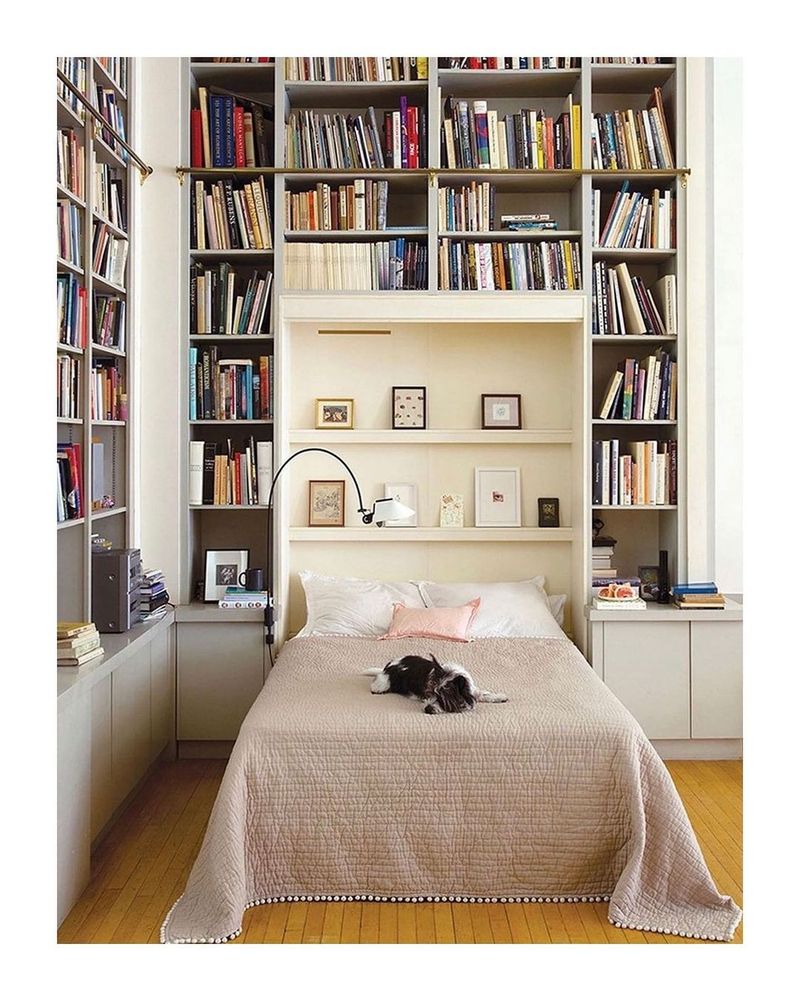
Focusing exclusively on floor-level furnishings leaves valuable wall real estate wasted in many bedrooms. Vertical thinking maximizes functionality, especially in smaller spaces.
Wall-mounted nightstands, floating shelves, or tall, narrow dressers draw the eye upward, creating an illusion of height and spaciousness. Even in generous rooms, thoughtfully arranged wall decor prevents that “furniture showroom” feel where everything sits at the same level.
17. Treating the Bedroom Like a Storage Unit
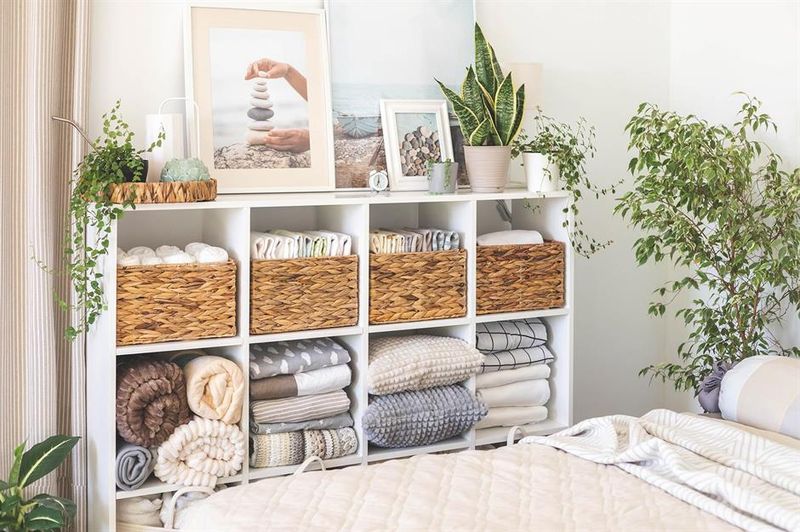
Visible exercise equipment, seasonal clothing stacks, and miscellaneous storage boxes transform potential sanctuaries into stress-inducing catch-all spaces. Your bedroom should promote rest, not remind you of pending tasks.
Resist the temptation to use your sleep space as overflow storage. If space constraints make some storage necessary, invest in furniture with hidden compartments or decorative containers that maintain visual calm while concealing necessary items.

